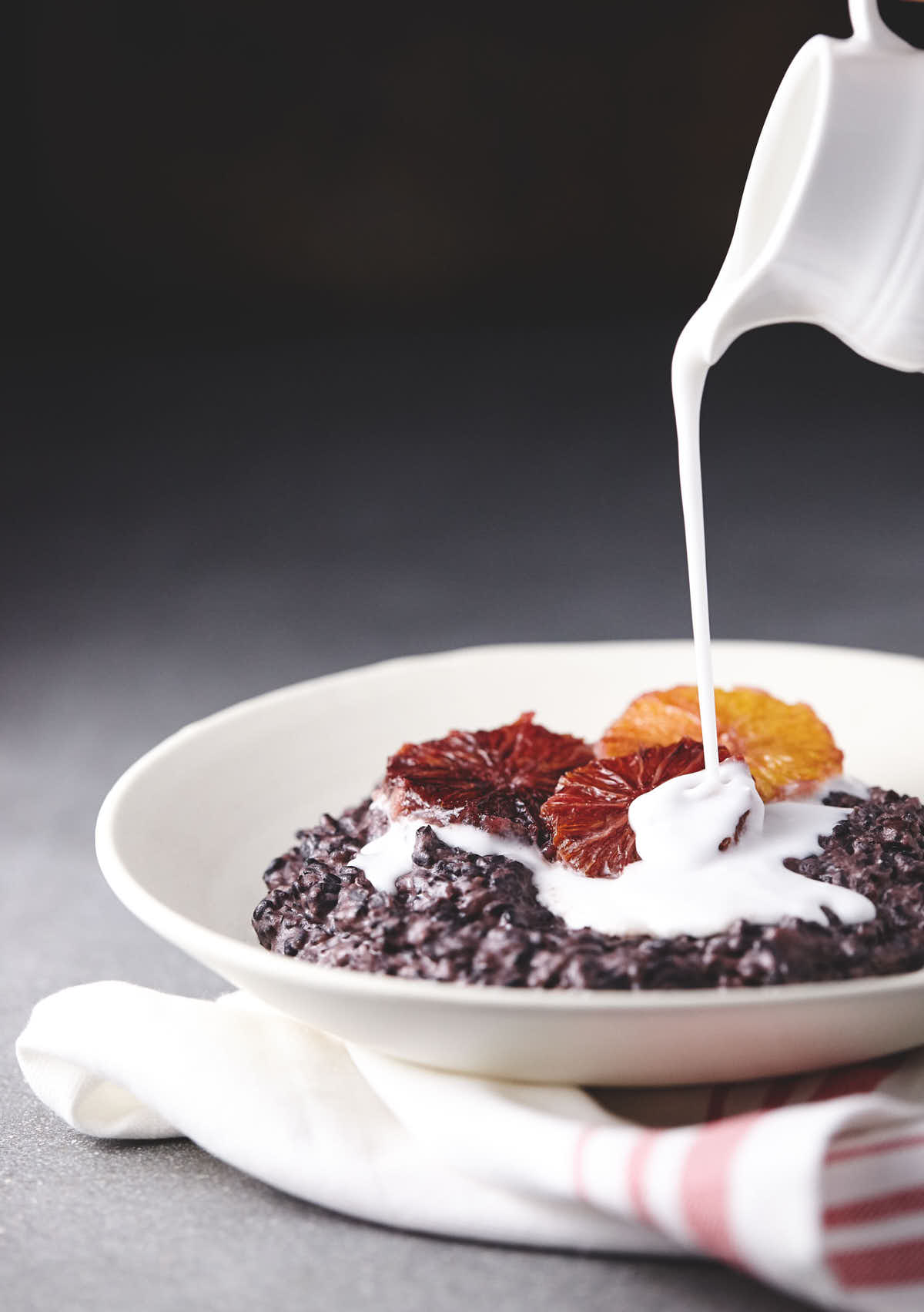
I've been obsessed with rice for as long as I can remember. No matter where I go, I'm still continuously surprised by how versatile these little grains can be. Steamed, stir fried, stewed, ground, you name it – rice is up to the task. Despite being a huge fan, my experience with rice has definitely been skewed to the savory side of the spectrum. But, when I spent some time in Thailand, I was introduced to sweet coconut sticky rice. I kid you not, my world got rocked. Big time. In Thailand, it's almost always served with a side of mango. I'm a sucker for mango, so that's what reeled me in. But I stayed for the sweet coconut infused sticky rice. And I've never let it go.

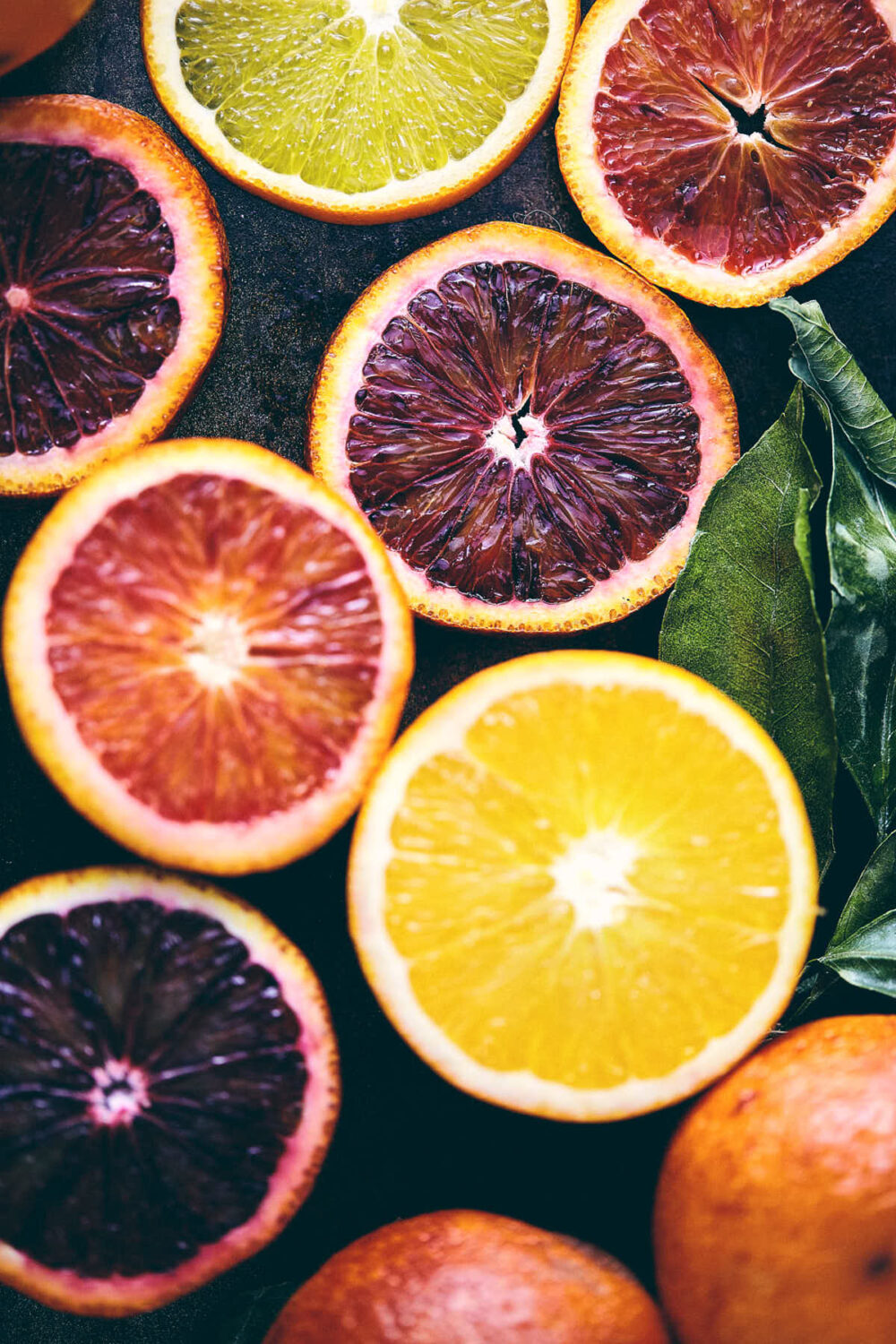
Since that trip to Thailand, I've re-created coconut sticky rice many times back home. Although, I'm never great at sticking to one recipe, so over the years I've experimented a bunch…and finally landed on a version that we keep coming back to. Again and again. Rather than using white sticky rice, this version uses Thai black rice as the base. The antioxidative properties of black rice (vs. white) make me feel like a health ninja. Seriously though - getting that ooey gooey deliciousness while also feeling good about what your eating is like highway robbery. And that beautiful deep purple color is the cherry on top. Welcome to the dark side, friends.
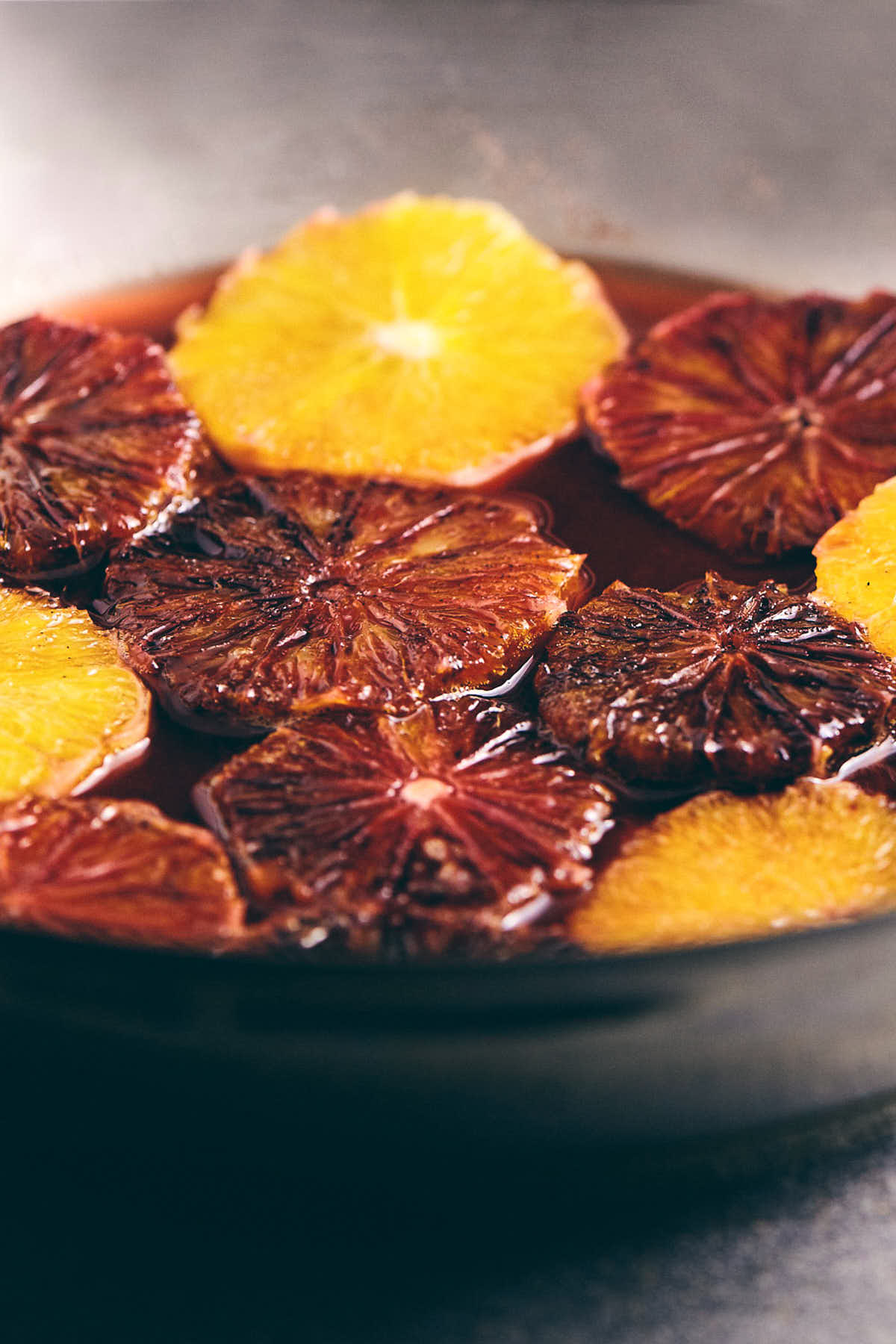
Thai black rice is a whole grain rice that gets quite sticky when it's cooked. It's often used for sweet applications – but I'm dying to try it in some savory dishes too! You can usually find it near the specialty rice products in your local grocer. Or try a natural foods store. Asian grocers will also carry it. On your black rice mission, you might also come across another type of black rice called "Forbidden rice". This rice comes from China. They both look pretty similar…but I usually find Thai black rice to be less uniform in color. In other words, a package of Thai black rice usually has some speckled / lighter colored grains mixed in– whereas Forbidden rice will have purely black looking grains. In any case, the labels and country of origin will give you a good indication. If all you can find is Forbidden rice, you can by all means substitute it in this recipe. The texture isn’t quite as sticky when cooked, but both are delicious nonetheless.
A generous bath of coconut milk imparts a luscious creamy factor to this black rice pudding. The black rice is steeped with cardamom and vanilla for a bit of extra flavor. And the kiss of sweetness comes from maple syrup – a healthier alternative to the refined sugar typically used in sticky rice.
I really enjoy pairing rice pudding with fruit. I find it helps balance out the heaviness of the rice. It's the perfect dance partner, without taking over the whole situation, if you know what I mean. Instead of the traditional mango, I've been using blood oranges warmed in slightly sweet cardamom syrup. It's a lovely seasonal twist! The flavor is fresh and bright. And given the cold weather, I love that both the rice and the fruit are served warm. Plus, it's a breeze to throw together. If you can't find blood oranges, regular oranges will do just fine.
Need one last reason to love this dish? Well, it makes a cozy dessert, while also being a fairly respectable breakfast. Since there's just two of us at home, we usually make this black rice pudding for dessert – and it's definitely not uncommon that it hits the pan for some reheating action the next morning. Just make sure to add a splash of coconut milk so you can relive it in its full ooey gooey glory.
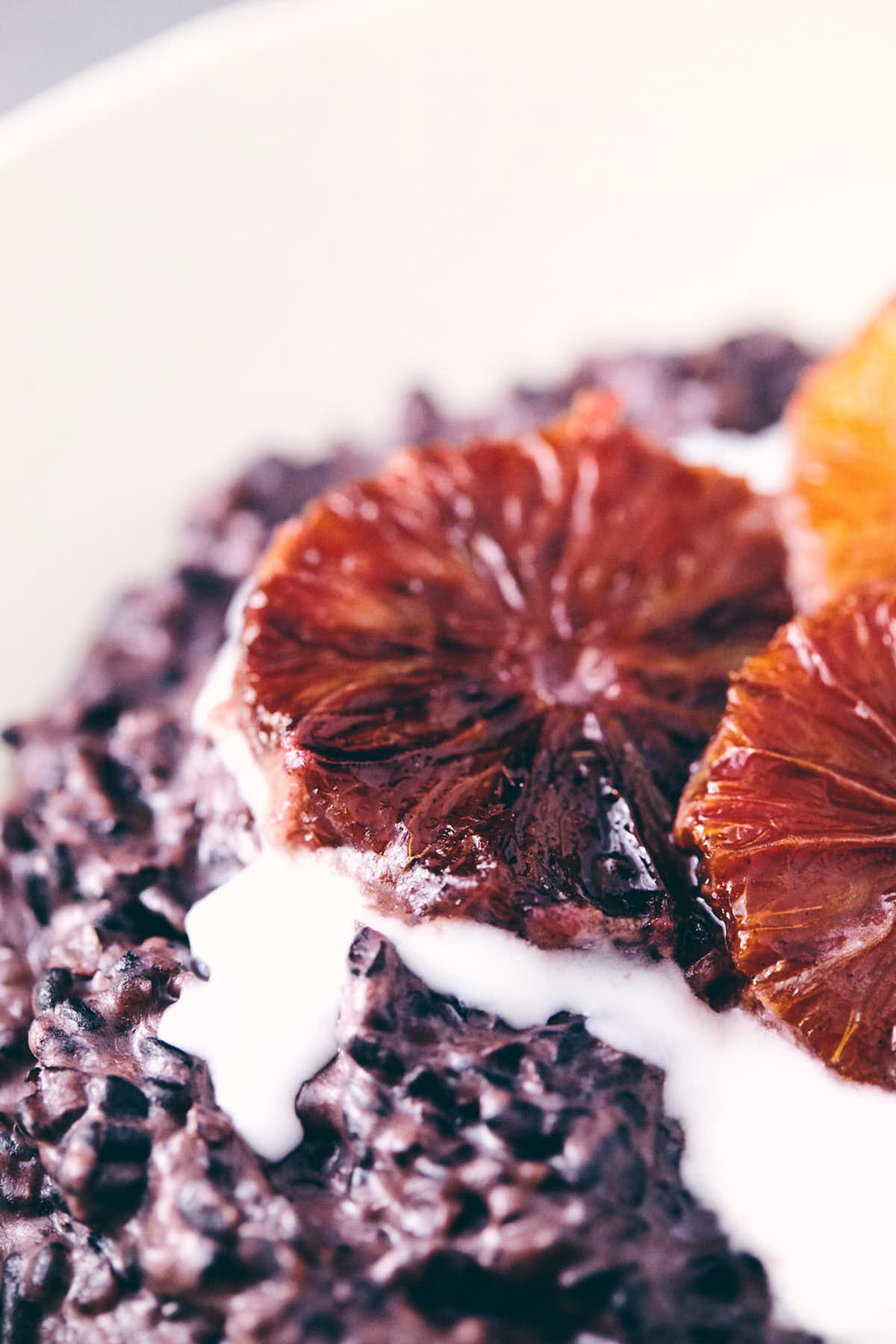
📖 Recipe
Black Rice Pudding with Cardamom Oranges
Ingredients
Sticky Rice Pudding
- 1 cup Thai black rice (see note 1)
- 1 (14 fl oz/398 ml) can coconut milk, divided (more for serving, optional)
- 1¼ cups water
- ½ teaspoon ground cardamom
- Pinch fine sea salt
- 3 to 4 tablespoons maple syrup
- 1 teaspoon vanilla extract
Cardamom Spiced Oranges
- 2 tablespoons water
- 1 tablespoon maple syrup
- Pinch ground cardamom
- 3 blood oranges, peeled and sliced into ½-inch thick rounds (see note 2)
Instructions
- Cook rice: Add rice, water, ¾ cup of coconut milk, cardamom, and salt to a medium saucepan. Bring to a boil over medium-high heat. Cover with a lid and turn the heat down to medium-low. Cook, until the liquid is absorbed and rice is cooked through, 30 to 35 minutes. If rice needs more cooking time, add a splash of extra water and continue cooking.
- Warm oranges: Stir together water, maple syrup, and a healthy pinch of cardamom into a skillet. Add the oranges and warm gently over low heat, until you see wisps of steam, about 5 minutes.
- Finish rice: Once the rice is cooked, add maple syrup, the remaining coconut milk, and vanilla. Simmer uncovered, stirring frequently, for 5 minutes.
- Assemble: Spoon the rice into a bowl. Top with orange (and their juices). Drizzle extra coconut milk on top (optional).
Notes
- Thai Black Rice: Also sold as "black glutinous rice". If you can't find it, you can substitute it with Forbidden Rice. If you use Forbidden Rice, the pudding will be less sticky and creamy because it's not as glutinous. Despite the name, the rice doesn't have gluten.
- Blood orange substitute: Use naval oranges instead.
- Storage tip: Refrigerate extras. Add a bit of liquid (extra coconut milk or water) to loosen the mixture; reheat in a saucepan over low heat.

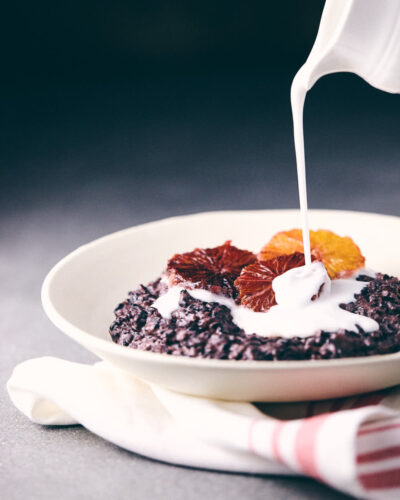
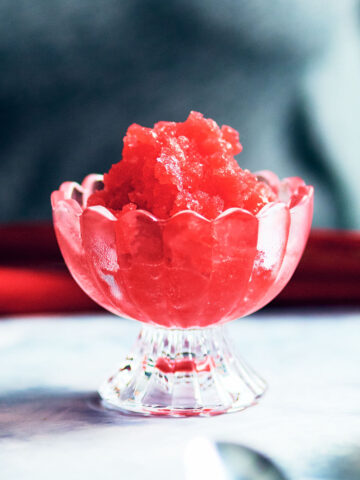

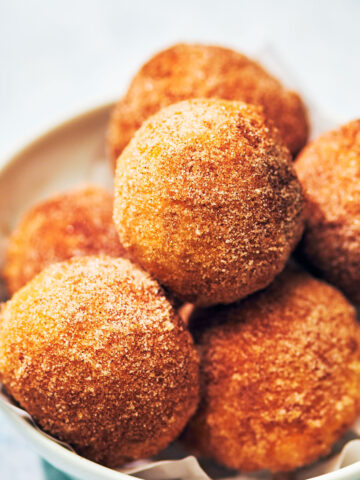
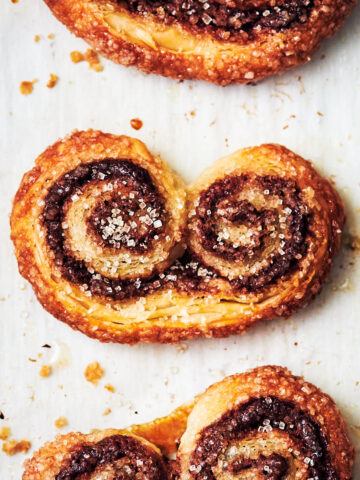
LEAVE A COMMENT